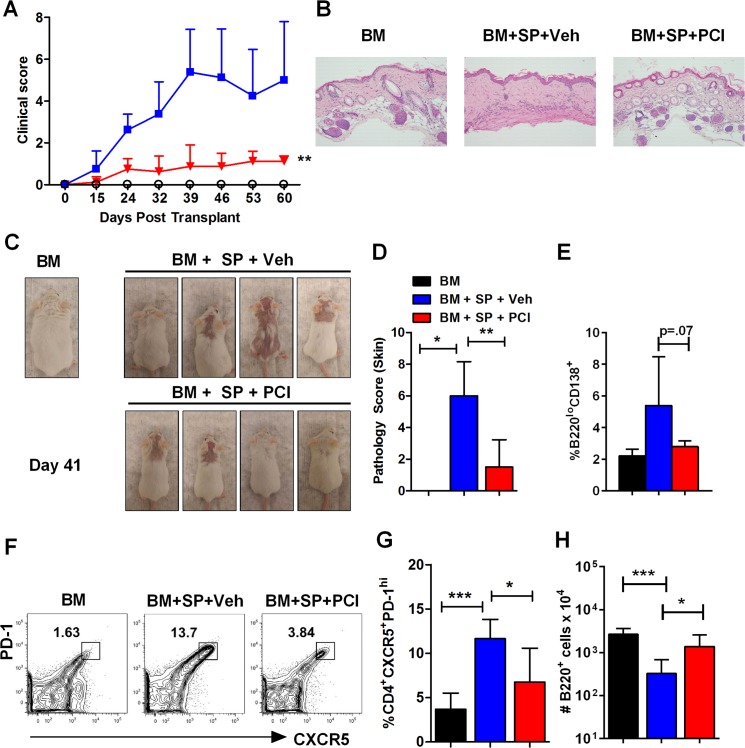Fig 4. Ibrutinib delays onset and reduces severity of scleroderma development.
Lethally irradiated BALB/c recipients were transplanted with TCD-BM (5 x 106 per mouse) from B10.D2 donors with or without whole splenocytes at a dose of 5 x 106 per mouse. Groups were either given no treatment (n = 4), daily oral gavage of vehicle alone (n = 9), or Ibrutinib at the dose of 10 mg/kg (n = 9) beginning 2–4 hours before BMT and continued for 4 weeks. Animals were monitored for survival and clinical score using a scoring system (A) and visual representations (C). At day 60, recipients were sacrificed and skin biopsies were taken for H&E staining (B) and scoring (D). Spleens were excised for FACS analysis (E-H). Percentage of B220loCD138+ plasma cells were reported for BM, vehicle, and Ibrutinib treated groups (E). Representative flow plot (F) as well as the combined data (G) for the percentage of Tfh cells were shown. Absolute numbers of B220+ cells were calculated and presented (H). Data shown is pooled from two replicate experiments. Asterisk indicates statistical significance between vehicle treatment and Ibrutinib treatment groups: *p<0.05, **p<0.01, ***p<0.001.

